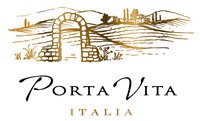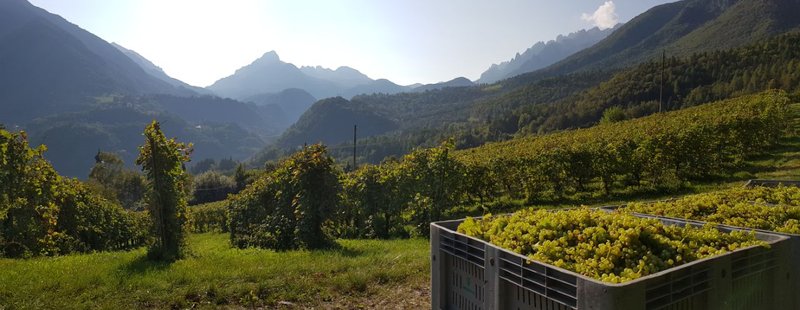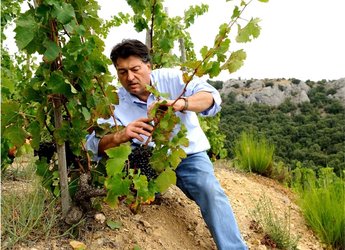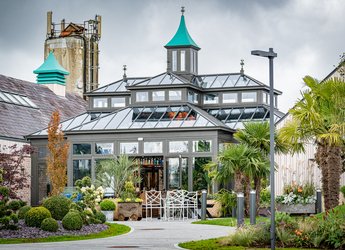
Porta Vita ‘Bring Life’ to an Italian Feast

Set against the backdrop of the Italian Alps, Italy’s iconic lake district, with its dramatic vistas, miles of dreamy shoreline, and (of course) its many spectacular trattorias, is a haven for any Italophile. True to its name, Porta Vita — “bring life” in Italian — captures the romantic essence of this storied place in every bottle.
Reflecting the Italian spirit of celebrating life at every shared meal, Porta Vita has become a welcome and familiar guest on many American dining tables.
Porta Vita is crafted from grapes grown in the Vallagarina Valley (the southernmost part of Val d’Adige, stretching from the city of Trento along the Adige River to the border with Verona) and the foothills north of Verona. Both areas, though different in terms of climate and environment, feature hot summers and a marked diurnal shift in temperatures which, especially in Trentino, occur during the grape’s ripening period. The climate and soil conditions in these areas impart remarkable character to the grapes which in turn produce particularly luscious, fresh, well-balanced wines. Tailor-made for all manner of classic Italian feasts, including red-sauced pastas and meaty Bolognese.

-
Founded
2012 -
Location
Trentino, Italy
At the Porta Vita Winery
The winemaking practice of blending of merlot, which has adapted superbly in the “delle Venezie” area, with the schiava and teroldego varieties has been established for some time now and has met with the approval of not only local but also international consumers.
Merlot has been widely grown in Italy since 1875, especially in the north, mainly in the Tre Venezie, where it has adapted superbly and produces substantial, high-quality wines. Schiava is indigenous to Trentino and has been cultivated in the region since the Middle Ages. Teroldego, another variety indigenous to Trentino, has been cultivated since the 15th century and is widely planted on the Campo Rotaliano.
The three grape varieties are harvested and vinified separately as they ripen at different times. Merlot tends to ripen early and is the first to be picked; then comes teroldego and schiava around late September or early October. After the grapes have been carefully selected, they are destalked, crushed, and undergo alcoholic fermentation in stainless steel tanks at a controlled temperature of 75-79°F. Schiava spends around four to five days in contact with the skins; teroldego six to seven days; and merlot nine to 10 days. Finishing also takes place in stainless steel, for a period of five months. The three varieties are then blended together in the appropriate proportions.








